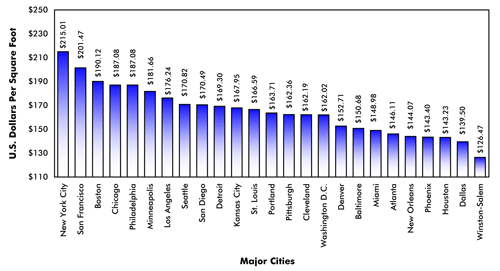One of the first steps in any building project is evaluation of the appropriate occupancy group. This drives building size, building height, construction type, exiting, and fire separations. Understanding how the International Residential Code (IRC) and the International Building Code (IBC) interacts can be really helpful in approaching the start of a project.
Residential Group R is the occupancy group used for buildings that include sleeping rooms and are not institutional and are not generally regulated by the IRC. The IRC typically regulates single family homes and duplexes. Any structure with more than two units is in the IBC. There are four different occupancy groups within R.
The first occupancy group is R-1. This group is for transient uses like hotels, motels, and boarding houses. Renovations for permanent occupancy will require code upgrades.
The next group is R-2. R-2 is the group we see most often. It’s used for residences where occupants are primarily permanent. This includes apartments, dormitories, fraternities, and sororities. It also includes vacation timeshares (again with more than two units), and religious housing like convents and monasteries. Congregate living facilities with 16 or fewer occupants go into group R-3.
R-3 is something of a catch-all group for permanent occupancies that aren’t R-1, R-2, R-4, or I. These include buildings that are in the IBC but have no more than two units. Adult facilities and child care facilities that provide accommodation for five or less people, less than 24 hours a day, are R-3. When these facilities are in a single family home, they must comply with the IRC.
R-4 is for residential care and assisted living facilities including more than five and not more than 16 occupants. Generally, it is very similar to R-3’s requirements.
Partner with an integrated, multidisciplinary firm of experts. Let EVstudio know how we can make your vision a reality.









